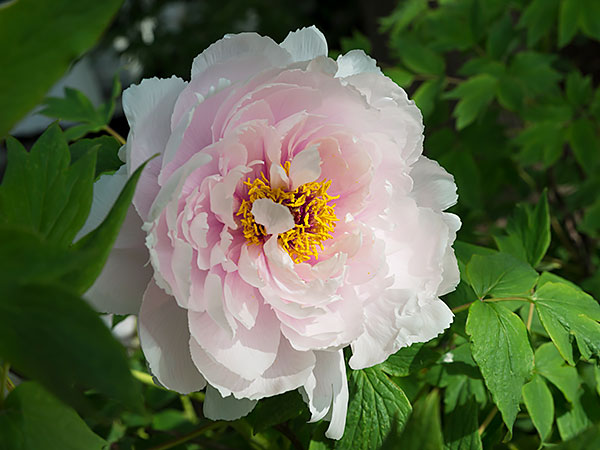
Stake tall perennials before they reach 6 inches. Begin to regularly pinch back fall-blooming perennials such as chrysanthemums, asters and tall sedums. Pinch once a week until the middle of July. This promotes stocky growth.
Continue to direct the growth of perennial vines on their supports. Climbing roses should be encouraged to develop lateral, flower-bearing canes.
Continue to check peonies for botrytis blight or other foliar fungal problems. Peonies that suffered from botrytis or bud blast last year should be sprayed regularly, starting when the plants are between 2 to 4 inches tall. Cage or provide support for peony blossoms when the plants are 10 inches tall.
Let spring bulb foliage yellow and wither before removing it. The leaves manufacture food that is stored in the bulb for next year’s growth. Even braiding the foliage of daffodils can reduce the food production of the leaves.
Spray emerging lily shoots with antirodent spray if rabbits and deer have been a problem. Be sure to reapply after rainfall.
Monitor all annual plantings in window boxes and containers. On warm, windy days, hanging baskets will require water every day. Always water the soil thoroughly before adding dilute quarter-strength fertilizer to containers. Terra cotta pots will dry out faster than plastic. Consider incorporating water-conserving granules into container soil.
Plant tender water lilies and lotus when the water temperature is over 65 degrees.
Plant summer- and fall-flowering bulbs such as Asiatic and Oriental lilies, dahlias, peacock orchids (Acidanthera), cannas, tuberous begonias, caladium, crocosmia, freesia, gladioli, montbretia, and calla lilies.

